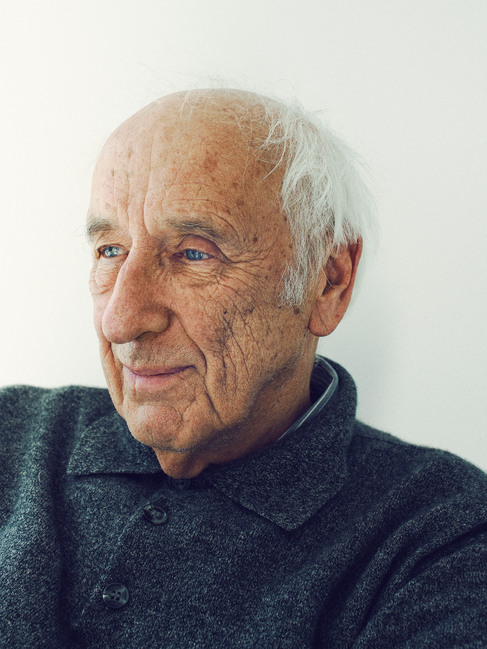Thomas Hoepker at home, USA. New York. 2012 © Christopher Anderson. Courtesy Magnum Photos
The German photojournalist spent over six decades travelling the globe, capturing everything from Korean War veterans to the smallpox epidemic in 1960s Bihar
When West German magazine Kristall sent photojournalist Thomas Hoepker on assignment to the US in 1963, it was with the terse instruction to “Take a look around.” Accompanied by writer Rolf Winter, the 27-year-old Hoepker embarked on a road trip from New York to Los Angeles and back again, capturing everything in between with his Leica camera.
He returned three months later with thousands of photographs that contradicted the idealised vision of Americana present in postwar Germany – a cultural influence exerted through the economic blessings of the Marshall Plan, TV sets, and glossy magazines. What Hoepker encountered was more a wasteland of broken promises than a land of opportunity. With equal parts compassion and cynicism, he documented the relationship between wealth and poverty, decadence and desolation, religion and morality – and myriad injustices.
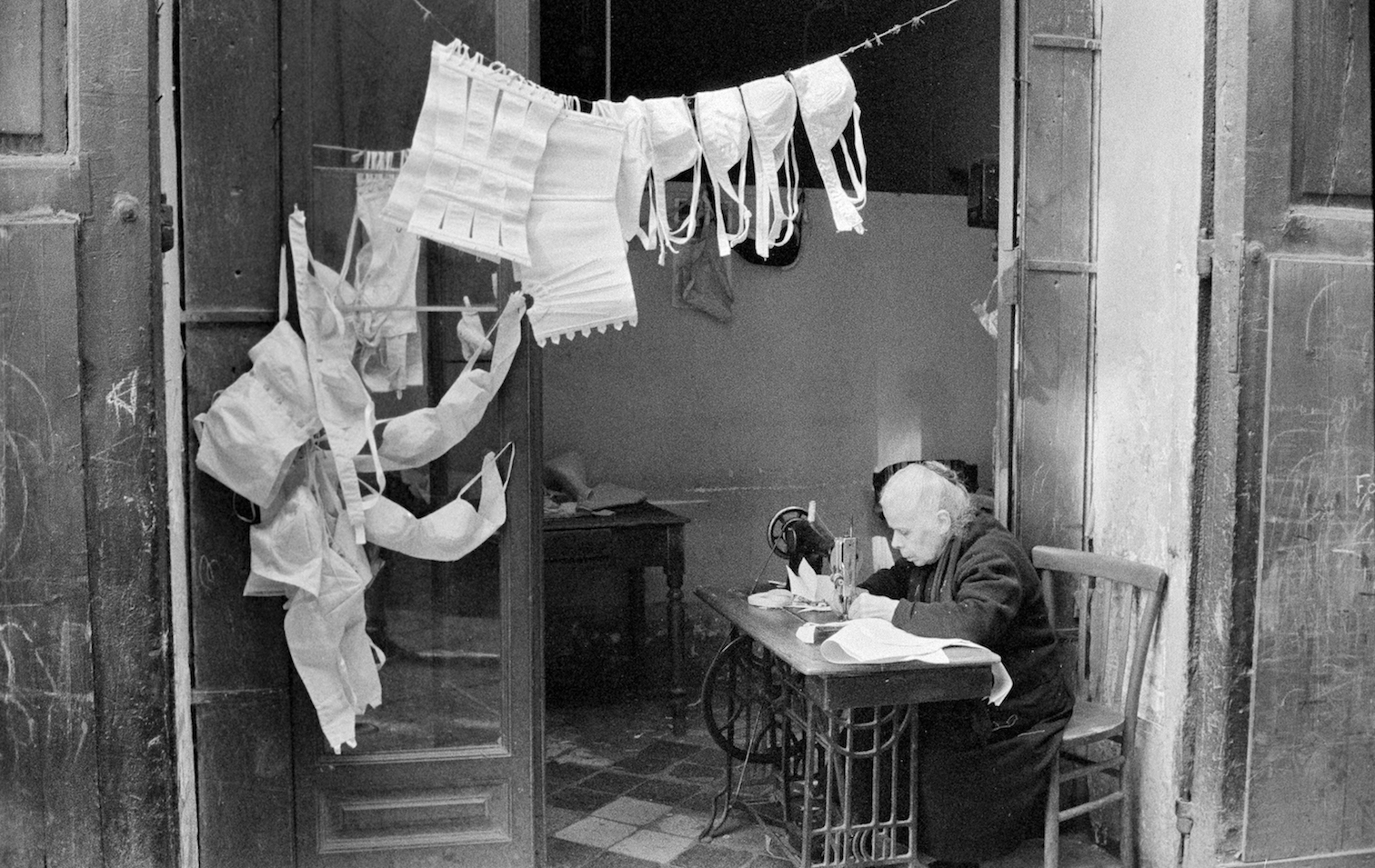
His visual testimonies were sincere, but at times also tragicomic. He photographed a morose clown sitting at a diner counter in Moreno Valley, California, and Honest Joe’s Pawnshop in Texas, with “honest” printed repeatedly across the storefront – a kind of implicit parody. He captured an amputee Korean War veteran doing handstands for money on the streets of Quincy, Illinois. A boy pointing his toy gun at girls in a car in South Dakota. An elderly couple staring through the window of a bus in New York, their dreary faces jarring with the smiles of a Pepto-Bismol advert pasted below.
Hoepker’s journey across the US demonstrated his role in “[rediscovering] the world for Germany after the war,” says Freddy Langner, editor of The Way It Was: Road Trips USA, a new book of Hoepker’s work in America. Now 86-years-old, Hoepker’s black-and-white images established his commitment to depicting reality and truth, his mandate defined as “living in close contact with time, fathoming and unravelling the present.” At times veering towards the symbolic, his search for striking visual metaphors in everyday life became part of that task.
Photos from Hoepker’s 1960s America series line the walls of Intimate History, a new exhibition of photographs at freiraum für fotografie, Berlin. The retrospective traces Hoepker’s career from globe-spanning photojournalism for Münchner Illustrierte, Kristall, and Stern, to his time as president of Magnum photos from 2003 to 2007. Accompanied by text, video, and physical copies of his books and magazine reports, the show brings to life the history and personality of the photographer, making good use of the compact space to convey his significance to viewers both familiar and new to his work.
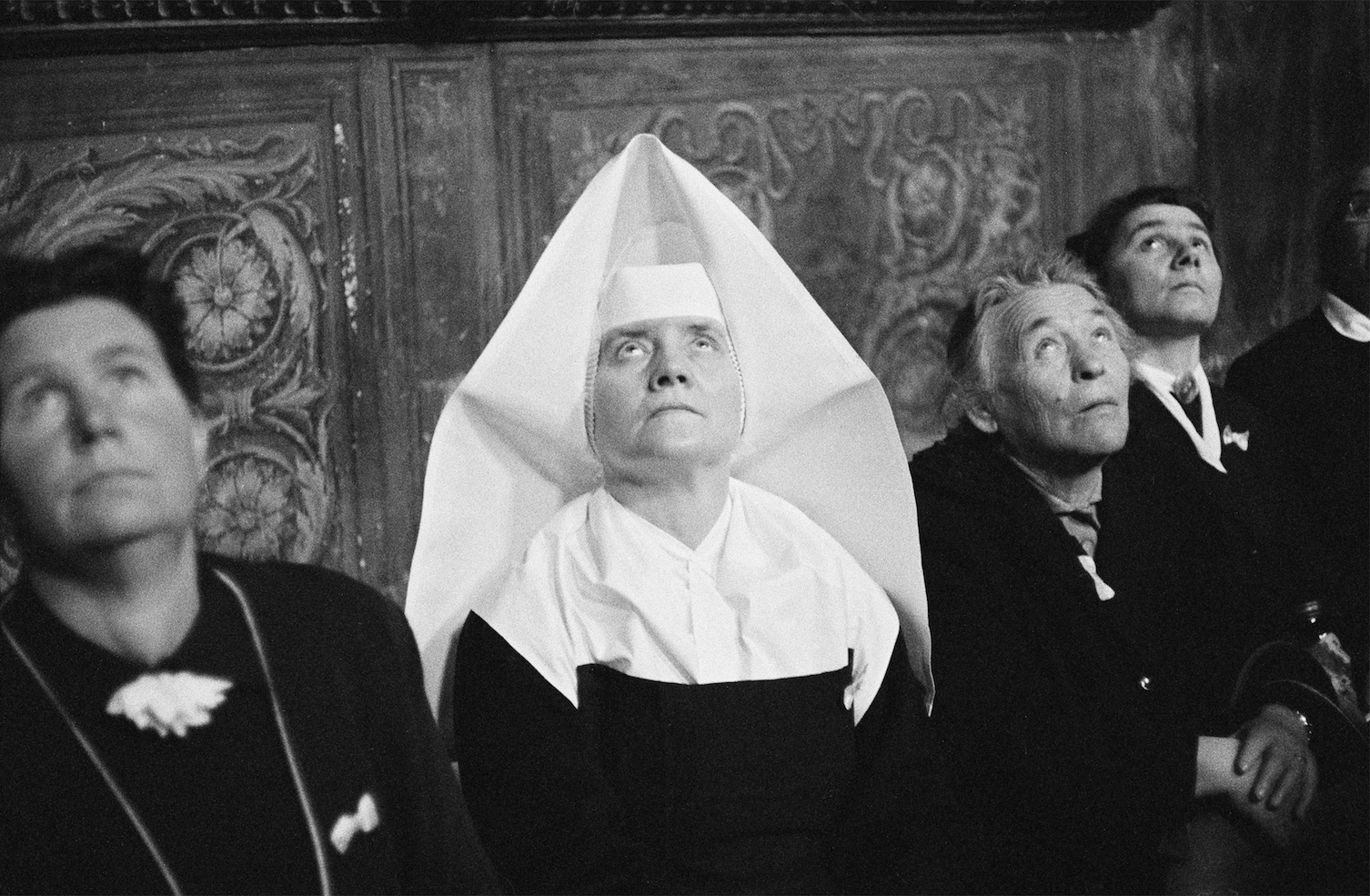
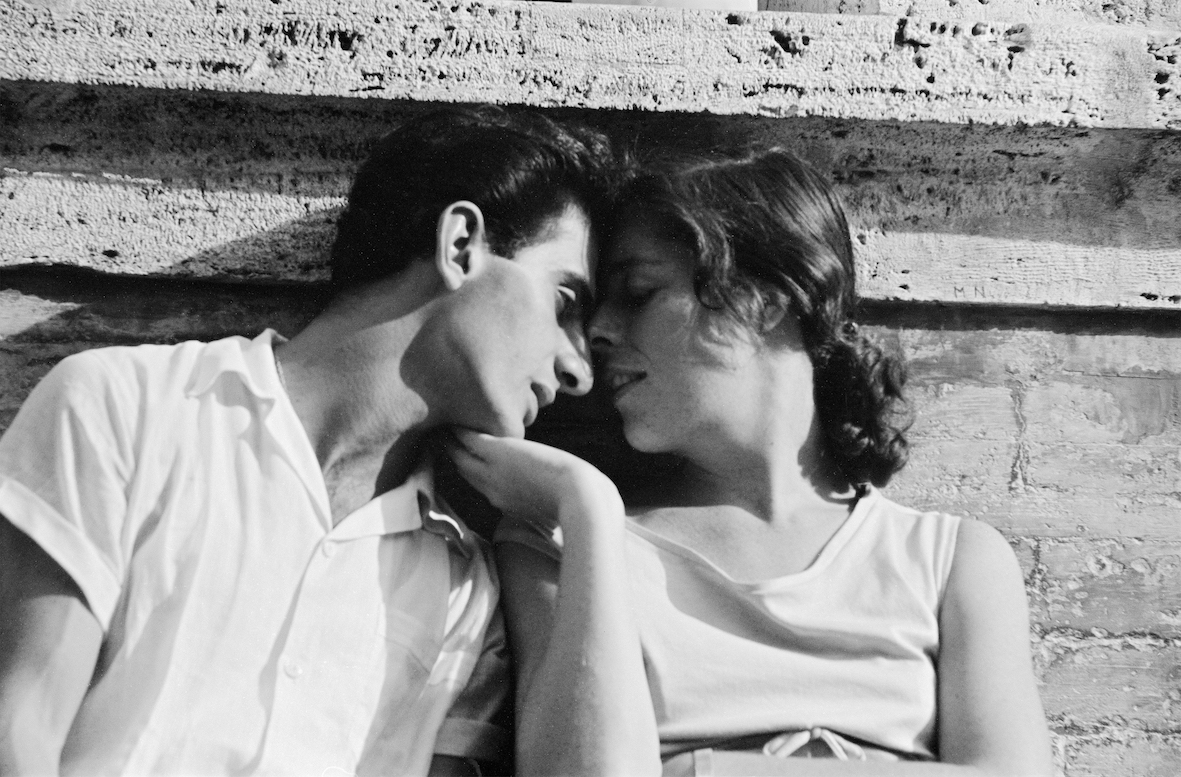
Hoepker’s success as a social documentarian is down to his combination of “a technically perfect mastery of photography – such as exposure, framing, composition – with an unerring sense of contemporary history,” explains Katharina Mouratidi, the show’s curator. “Moments worthy of the image, and a burning interest in the subject he portrays.” This pursuit of formal perfection springs from Hoepker’s early interests, the exhibition suggests. Aged 15, Hoepker received a plate camera from his grandfather, which became his travel companion. A student of art history and archaeology, it was on trips to Italy in the late-1950s that he realised he was more interested in the people viewing the art than in the masterpieces themselves.
The opportunity to accompany his wife, Eva Windmöller, who was accredited as a journalist in East Berlin, made Höpker the first West German photographer to be able to document everyday life in the GDR largely independently. He produced several reports in East Germany throughout the 1970s, photographing propaganda posters, crumbling buildings, new apartment blocks, domestic holidaymakers, and Trabant cars – all in colour. Upholding his responsibility as a quiet yet keen observer of the present, he was sensitive to the mundane objects and scenes that would become emblematic of this era of contemporary history.
“I think a country like the GDR has its very own and typical colourfulness,” Hoepker remarked. His now-iconic photographs are a testament to this, a homogenous sea of green hats and red flags at a military rally in Treptow, Berlin, chiming with the uniform colours of the Plattenbauten social housing complex in the nearby image. A picture of a uniformed couple who’ve ditched a military air show to flirt in the grass displays Hoepker’s ability to find moments of human intimacy among the historic.
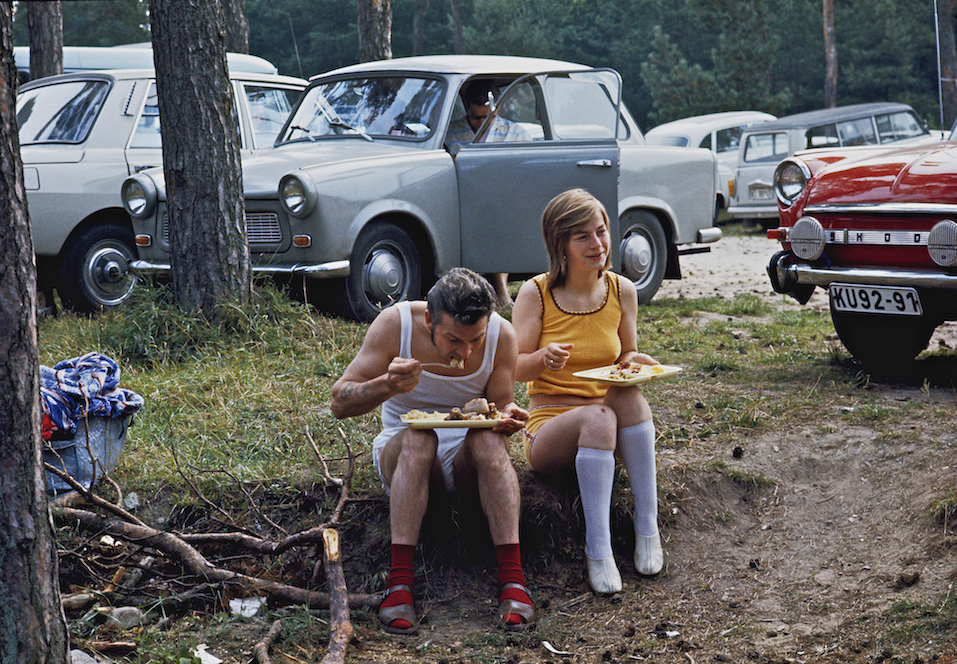
As a contract photographer, Hoepker was aware of his outsider status: “It was always more important to me than the fee that I was given time, because I wanted to familiarise myself with the topics and get to know them,” he said. Despite this expansionist mindset, the Berlin show groups together his ‘non-Western’ subject matter, where context feels lacking. A 1962 image of a peasant kissing the feet of the Shah of Iran is positioned next to images of famine victims in Bihar, India, from 1967, and in Ethiopia’s Wollo Province, from six years later.
Hoepker has documented New York’s distinctive social landscape since he moved there in 1976. His picture Lovers Lane shows couples fooling around in a New Jersey parking lot at sunset, the Twin Towers shining rose gold in the background. The city is also the site of Hoepker’s most defining, if controversial photograph. He set out to document the September 11 attacks on the Twin Towers in real time, capturing five young people chatting on a terrace in Williamsburg, Brooklyn, on the banks of the East River. The sky is a bright blue above them, except for a white cloud of rising smoke and ash.
The photograph caused instant controversy when it was eventually published in 2006. The scene of American youth ostensibly smiling and sunbathing as death and destruction raged behind them was widely interpreted as a tableau of callous indifference. Two people featured in the picture came forward to argue that they’d been misrepresented by Hoepker; that they had in fact been discussing the attacks, and complained that the photo was taken without consent. Hoepker responded: “As a photojournalist, I do my best not to influence the events I witness. If you started a conversation or asked permission, you would change any authentic situation in an instant.”
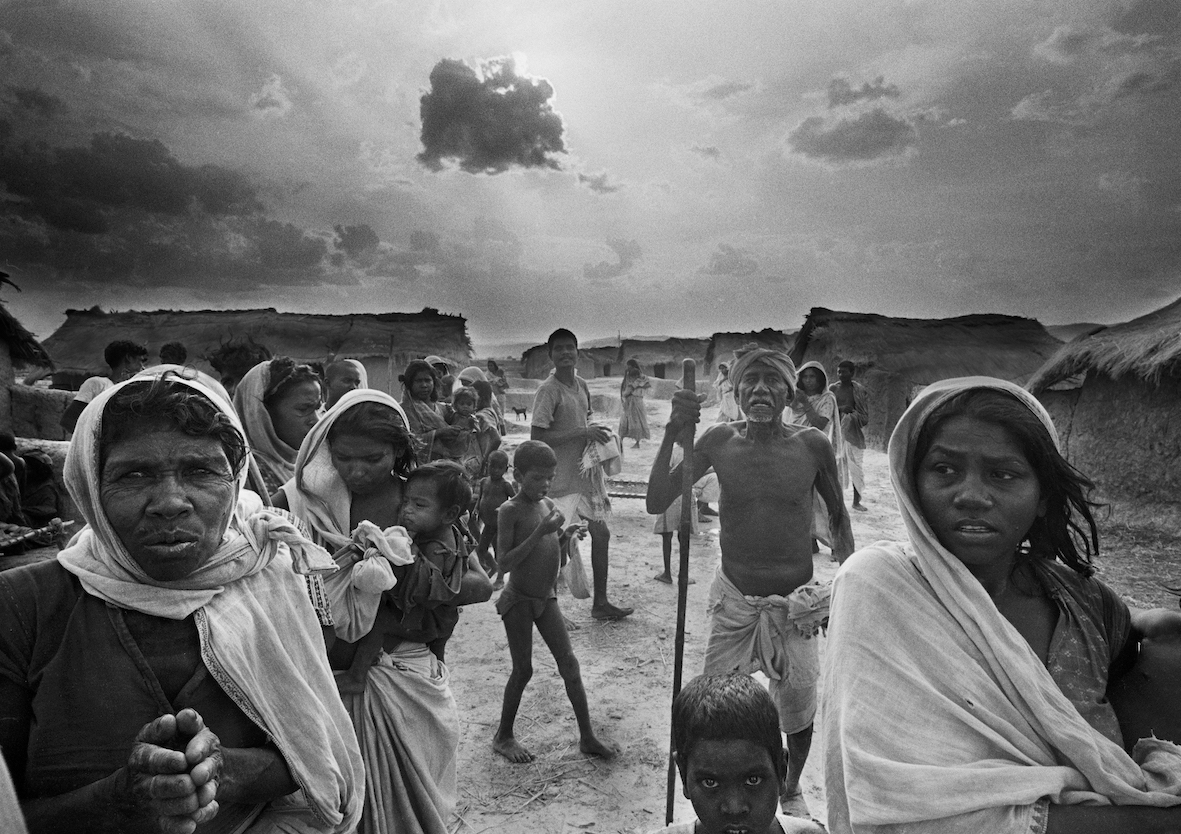
That terrace became the starting point of the road trip Hoepker set off on with his wife in November 2020. The colour photos from their recent odyssey aren’t contained in Intimate History, but are juxtaposed with his original black-and-white shots in The Way It Was. On both trips, Hoepker was reaching for a more intimate understanding of the American people, but while faces and figures populate his early images, his pandemic-era work is characterised by a distinct lack of human activity. Instead, he largely captures the character of the landscape, from the beauty of a sunset behind the Golden Gate Bridge to the starkness of Trump’s border wall with Mexico.
Together, the exhibition and the book explore how, across the vast sweep of his life, Hoepker has carved out a visual language devoted to authenticity, devoid of sensationalism and, above all, driven by a deep-rooted sympathy for his subjects.

